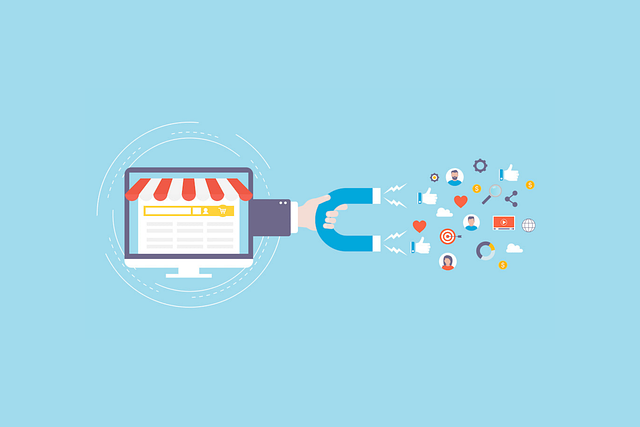Lead generation not only for B2B but also for B2C
You probably know the term lead generation: collecting contact information from potential customers by exchanging them for an e-book, checklist or webinar, for example. This term is often associated with B2B companies, not entirely illogically since these types of companies often have websites where no products are sold. To still get new customers then, lead generation can be very important. On the other hand, we have B2C companies, mostly web shops. In those cases the goal is simple: to increase sales and thus turnover. In those cases, why do something with lead generation when you can just focus on these direct sales?
Analyzing visitors: what are the profitable channels?
With Searchlab, we are working with a webshop in fashion that prefers to remain anonymous so as not to give away too much to competitors. Again, the goal is simple: to increase sales. Here, there are several channels that yield ROI positive results, and our work is to see how we can further expand these well-functioning channels. One of the well-functioning channels is email marketing. When emails are sent from the webshop to the customer base with new products or discounts, this almost always results in direct sales. This prompted us to think about how to get more out of this.

Fueling email marketing
So in addition to focusing on pure sales, a goal became to collect more email addresses. To achieve this, the following action points were determined:
- Start new advertising campaigns through social media, aimed at lead generation and therefore not sales. Initially, this was done on a small scale: when it turned out to work well, campaigns with broader target groups were used to reach more people and thus achieve more results.
- The social media ads quickly proved to be catching on well, and two audiences used there was a retargeting audience, and look a likes of website visitors and, for example, converted visitors. We therefore also wanted to expand these target groups for more and better results, and this was further driven with Google ads. By deploying more broadly in Google, these audiences became bigger and bigger, providing more reach.
- Of course, a clear incentive had to be devised to ensure that people would indeed leave their contact information. In this case, we gave away a discount code, showing products that matched users’ preferences.
The results of this have turned out quite well.
Result
New leads for €0,59 yielding €1,03 each through email marketing
After a small initial test, it quickly became clear that we were indeed getting quite a lot of leads, at respectable costs. Therefore, this test was quickly scaled up to structural campaigns, achieving the following results within six months of the start:
- An average of 1.400 leads per month were brought in
- We paid about €0,59 per lead
- These leads brought in an average of €1,03 in sales after returns. Note that the lifetime value of these new customers will be higher than just the result of these first six months. In this webshop, users order more than once over time, but it usually takes longer than six months.
So currently these campaigns are running structurally, and the profitability of the email marketing is increasing all the time and this web shop can slowly continue to grow.
